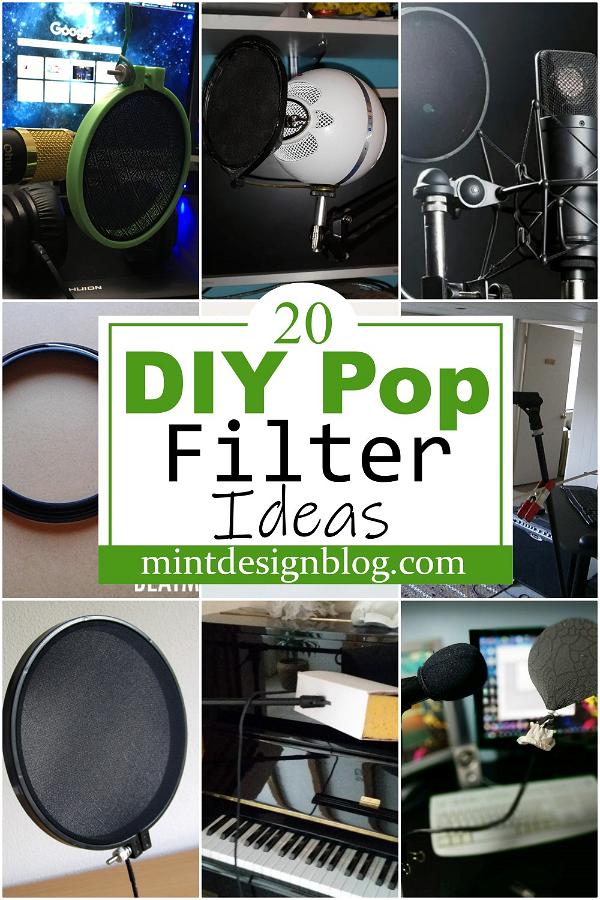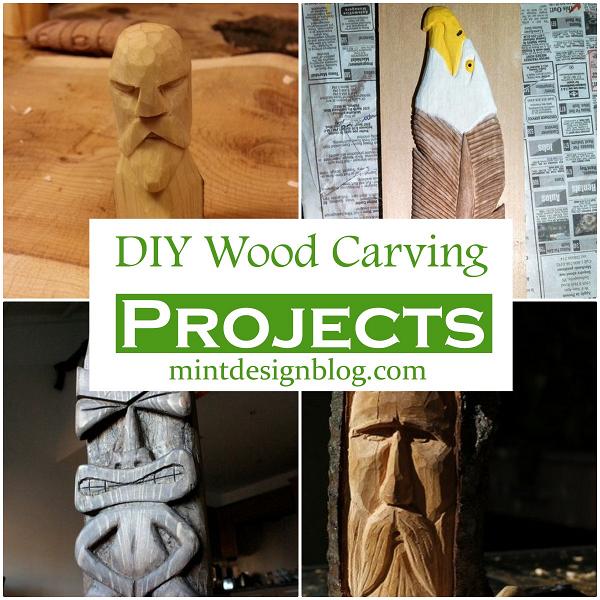If you want to bring your recording quality to a professional level, then you need a pop filter. A pop filter is designed to minimize the amount of audio distortion in vocals and other sounds by filtering out plosives or "P" sounds in the voice. This can involve using foam, fur, or specially designed fabric. You're probably thinking, "How hard could it be to create my pop filter?" Well, it's not hard at all! There are many different DIY pop filter projects out there that will allow you to develop your own unique look. Here are just a few of your favorite DIY pop filter projects.
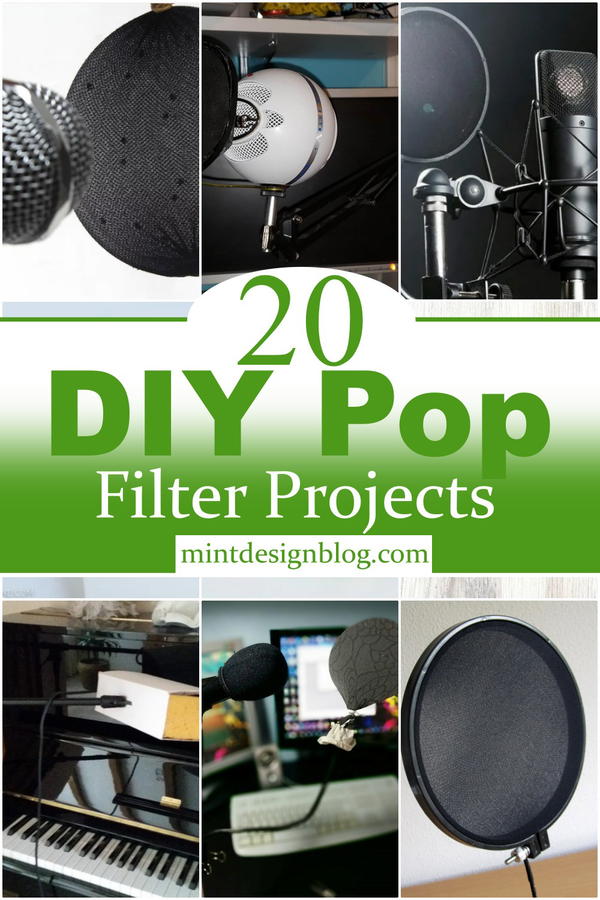
A DIY pop filter is an easy project you can use in a professional studio or your home recording studio. It's best practice to add a pop filter to your microphone stand and take care of unwanted plosives. If you don't need these, you can use them as a breath diffuser for singers. Make the most of your microphone's potential with these pop filter projects. From making a pop filter out of a mason jar to using banana peels and aluminum foil, there are plenty of ways to gain better audio from your microphone. Read on for 20 DIY pop filter projects, whether you're on a budget or want something that functions better in your podcasting setup.
These 20 DIY Pop Filter Projects will allow you to use your existing materials or stock up on cheap supplies around your house.
You Can See: 26 DIY Mic Stand Ideas - How To Make A Homemade Mic Stand
What is Pop Filter
A pop filter is a screen that filters out "pops" and other harsh sounds from your recordings. It can also reduce plosives such as "P" sounds, but it will not eliminate them.
The pop filter consists of a wire mesh or nylon frame, and a fabric cover stretched over the edge. The fabric cover may be made of silk or another soft material. The structure's purpose is to hold the fabric cover taut so that any air passing through it will be slowed down, reducing the noise level when the microphone picks up.
Tips To DIY Pop Filter
DIY pop filters are an easy way to filter out the pops when recording a podcast. They also add a little flair to your podcast without breaking the bank.
Here are some tips on how to DIY a pop filter for your own podcast:
1. Buy a sheet of nylon netting and cut it into several strips. You will want one strip per person recording in the same room as you, plus an extra strip or two if people are recording remotely (i.e., over Skype or FaceTime).
2. You can use duct or gaffer tape to secure each strip to your desk or table. If you don't have those on hand, use double-sided tape instead!
3. Use a gaffer or duct tape to secure each strip's ends together, creating an open cylinder around your microphone.
How To Make A Microphone Pop Filter
Getting pop filters for your microphone can be expensive if you're starting with home recording. But this video tutorial shows you how to make a homemade pop filter from standard materials to expand your sound library without spending additional money. This tutorial is perfect for those new to pop filters and making crafts and those who want an alternative to traditional pop filters or a unique way to keep dust off their mic. This simple but effective pop filter uses an embroidery hoop and pantyhose to add a professional touch to your home studio. Get your voice message online and start making more money!
DIY Pop Filter
Stop popping your P's and T's! Here is a quick and easy DIY project for making your pop filter. Learn how to build a pop filter with a wire hanger, pantyhose, and some duct tape. The sound quality is improved, and you no longer have to worry about those annoying pops. It takes just two simple materials, a wire hanger and pantyhose, to create an effective pop filter that will eliminate popping when you use your microphone. You can use this DIY pop filter that you can make with a wire hanger and a pair of stockings. This will eliminate that popping sound when you're using your microphone.
DIY Pop Filter Project For Microphone
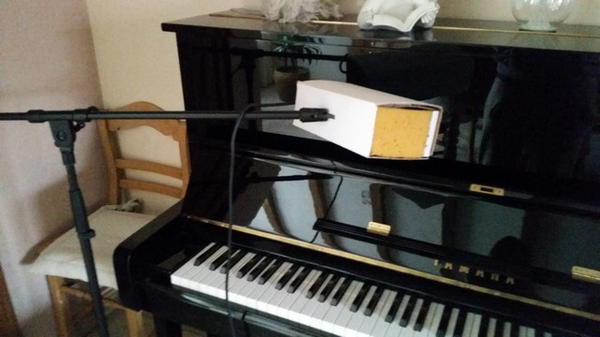
Is your microphone popping while recording? A straightforward way to fix this problem is by making a pop filter. This pop filter project is the first of many simple, effective ways to improve your recordings. It would help if you had a sponge, glue, screwdriver, scissors, and measuring tools. This can be made with simple supplies like glue, scissors, and a foam sponge. After making it, you will find that your recordings will sound less harsh and much clearer. The best part is that you'll be satisfied knowing that you built the item yourself!
Cheap Blue Snowball Pop Filter
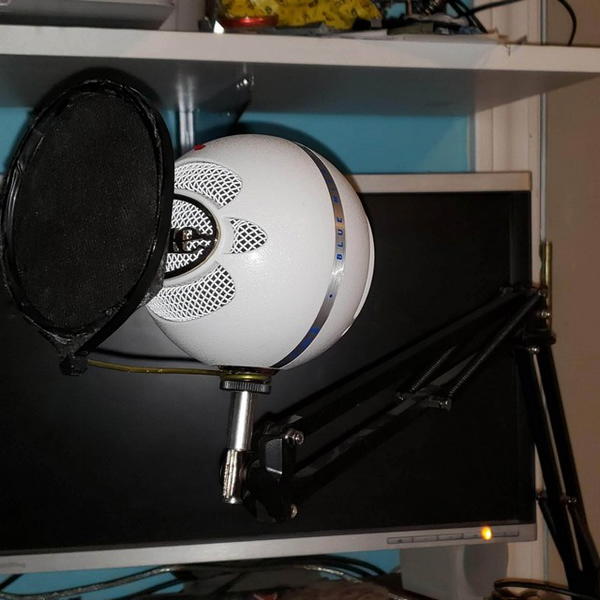
Get your podcast sounding just right with this super easy pop filter. Just wrap the coat hanger wire around a large zip-tie, then tie it off by gluing the end onto it. Then put some fabrics on the tape, and you're done! This pop filter is cheap and easy to make, even for beginners. It's one of your favorite DIY pop filters out there. This affordable and accessible pop filter will stop your mouth from producing those pops while recording vocals. All you need is a wire coat hanger, fabric, electrical tape, super glue, and pliers.
Microphone Pop Filter to DIY
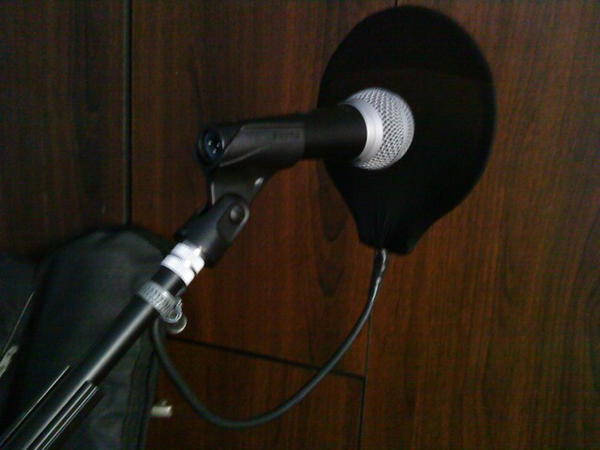
This is a quick and straightforward guide to building a pop filter. You can do it in just five minutes! Use these step-by-step guides to create your own mic pop filter. This project is easy and won't cost you much since most household materials are readily available. You'll be able to quickly finish quickly and have a safe way of setting up a microphone pop filter for your podcasting needs! It's cheaper and safer than buying one, and it only takes about two hours to make. The simple, quick process allows you to start recording audio immediately. You'll have a professional-quality pop filter in no time at all!
DIY Pop Filter Microphone
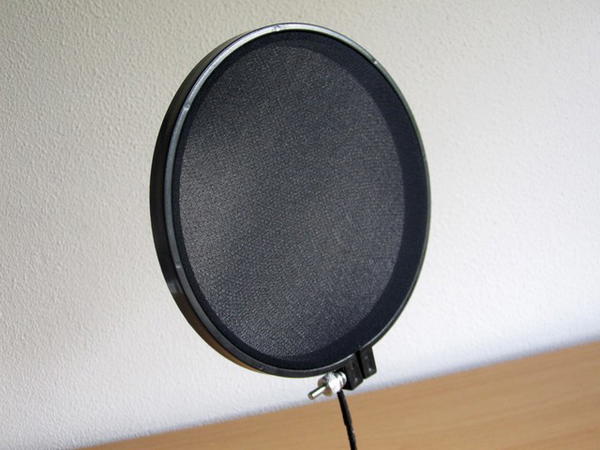
A DIY microphone pop filter is the easiest way to improve your audio. This is the simplest and most effective way to get a better recording sound. The materials are easy to find and inexpensive, and it only takes a couple of minutes to make one of these. This DIY pop filter microphone is excellent for a beginner DIY audio producer who wants to build a simple yet effective, inexpensive microphone pop filter. It's easy to make and efficient when filtering out the popping noise. The best part is that this project costs between $1 and $5 and doesn't take long to complete. Start making your pop filter today!
How To Make A Pop Filter In 2 Minutes
The project is simple, quick, and accessible. It would help if you had an embroidery hoop, a flexible wire, hose clamps, and a cutter to make it. With just about $20 in materials, you can create a pop filter that's more durable than the pop filter microphones you get from electronics stores. Making a pop filter is an easy and quick project. You can use any stretchy material, such as pantyhose or spandex. All you need to do is find an old stocking or something similar, route out the part where your mouth will go through, tie some zip ties or a rope onto the bottom ring of your embroidery hoop and attach the other end of the zip ties/rope to it. Then duct tape around the rest of it for added protection, and voila!
Pop Filter Material Using Idea
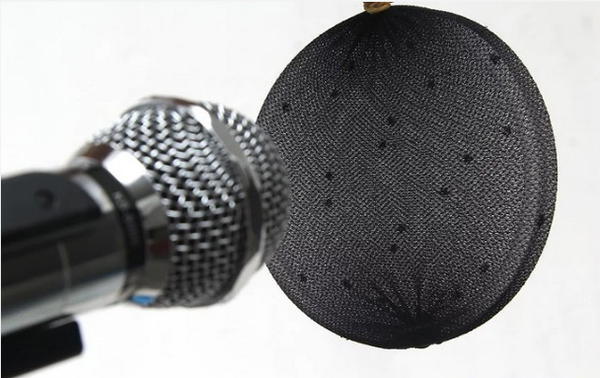
We all know how annoying it can be to use a microphone without a pop filter. It is miserably loud and makes your voice sound like what you'd find in a thickly forested area with wild animals. Let's face it, that's not how you want your audience to hear you. But what are some of the easiest ways to quickly create a pop filter for your microphone? This article will show some quick methods people have used to create their own homemade pop filters for mics. You'll love the results you get from these 3 fantastic pop filter methods. Each method is simple and easy so that you won't be disappointed!
DIY Mic Pop Filter
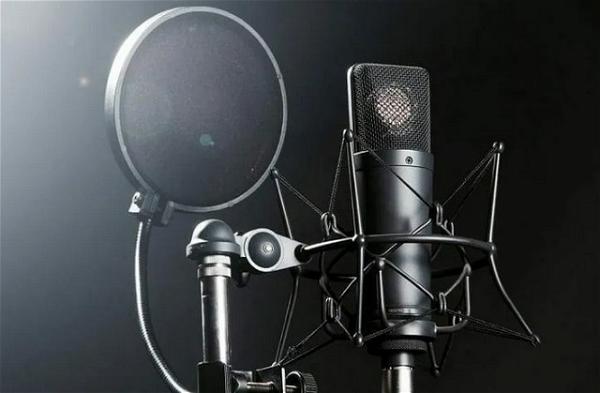
A pantyhose pop filter is quick to make, and it works wonders. Homemade pop filters can be inexpensive and will last a long time. If you're looking for an easy way to reduce popping sounds while recording vocals, this guide is for you. You can never have too many pop filters, especially since they're so easy to make. This DIY corner filter is excellent for those projects where you want a thin and discreet pop filter that doesn't add unnecessary bulk to your microphone stand.
Cheap And Easily To Make Pop Filter
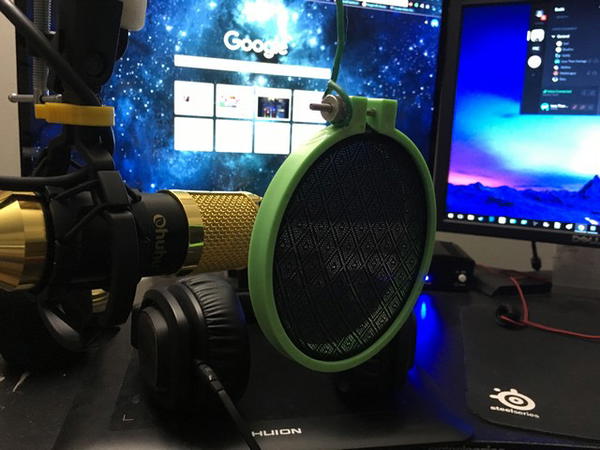
A pop filter is designed to separate the speaker's voice from the microphone while speaking. They act like a barrier that prevents the air coming out of your mouth or nose from hitting the microphone directly. A pop filter in your studio can help reduce sibilance, breath sounds, and plosives (popping or clicking sounds). When you look for your pop filter, there are two types; one is attached to a microphone stand, and the other is built into a headphone/earphone attachment. There are many options for both types, so it's best to consider what you want before purchasing one.
13. Free DIY Microphone Pop Filter
Why spend money on commercial pop filters when you can build your own home? This DIY microphone pop filter is straightforward to make and will cost you less than $5. Let's face it; you can't always be in the studio. But that doesn't mean you're stuck with subpar sound quality. This free DIY microphone pop filter is a quick and easy way to up your audio game with just a few household items. Plus, this design features an optional heat shield so your microphone can stay warm even in freezing weather! This microphone pop filter is a great DIY project. You can use it with any microphone, including the one you might already have in your home studio!
DIY Mic Pop Filter Using Home Supplies
If you're doing a podcast at home, you may be looking for ways to cut down the "popping" sounds that come with most home microphones. This DIY mic pop filter is a simple, inexpensive project that will help reduce popping noises and make recording and editing audio much more accessible. This mic pop filter is an easy DIY project you can construct in the right home. The materials are inexpensive, and the making process is simple and quick. You can make your own pop filter using home supplies and easy-to-find materials. This project is simple and fun and will last for years to come!
How To DIY Pop Filter:
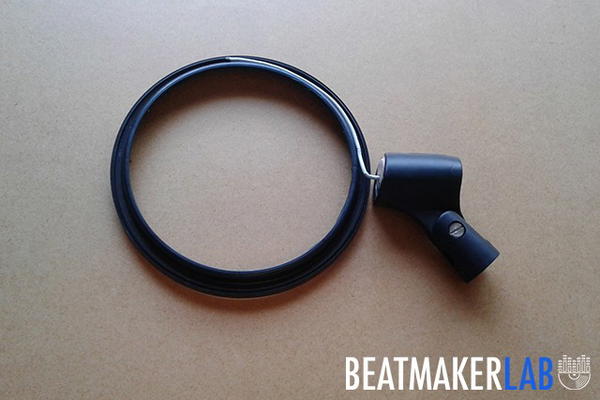
Do you want to do all the work yourself? Here's a simple DIY pop filter to make. This is perfect for those who like to tinker with things, but others can use this too! A pop filter is a foam designed to prevent unwanted popping sounds from your microphone. This can be useful when recording with vinyl, cassettes, and other forms of media that can produce unwanted popping sounds during playback. Many musicians use pop filters in studios but are also straightforward to make at home.
How To Make Your Own Pop Filter
Whether you're recording a podcast or singing into a microphone, there's a good chance that your voice will make an audible pop when you get excited. This is especially true if you work with sensitive condenser mics and high-gain amps. Making a DIY pop filter is easy! You can use any wire hanger, but you'll need to cut off the hook and bend the end of the hanger into an open circle. Then, stretch some pantyhose over the opening, or use any other smooth spandex. While it might not sound as lovely as an expensive pop filter, this homemade version is just as effective at absorbing those unwanted harsh "pops!"
Homemade Pop Filter DIY
Enjoy listening to your favorite songs without the annoying pops and cracks of the microphone. This easy DIY pop filter will give you better sound quality and help protect your microphone from damage by biting off bits of peanut butter! Create your own pop filter with a few simple supplies. Just a hoop and a pair of pantyhose, so easy and quick to make, you'll be rocking out in no time flat! This DIY microphone accessory provides a simple method of reducing harsh sounds, and it makes your recording sound great!
Small Pop Filter Idea
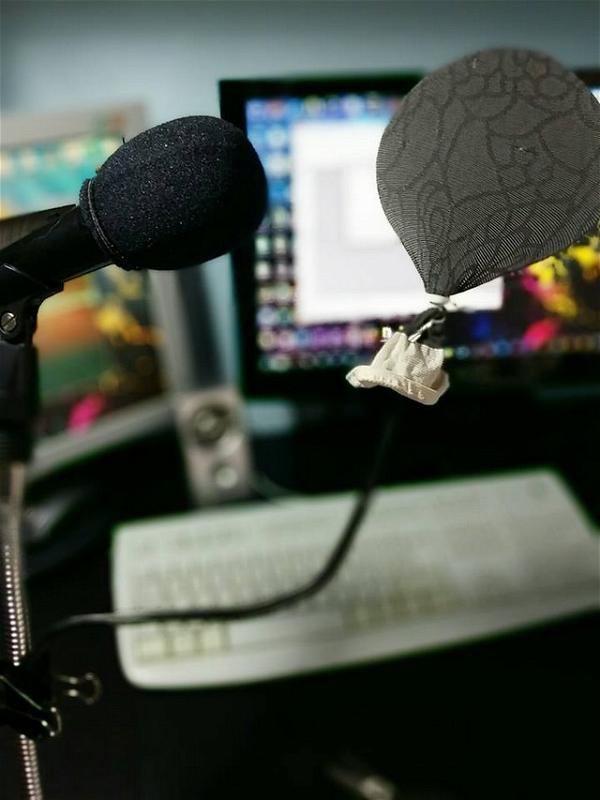
Want to create the perfect pop filter? Want to get your hands on a few at once? This DIY project will make it easy for you to make all the pop filters you need for your audio equipment. You will learn how to create a simple and inexpensive pop filter, significantly reducing any plosives when recording vocals or instruments. This small pop filter can be made at home with materials around the house. It's convenient, simple, and quick to make and will improve the sound quality of your videos.
Pop Filter Homemade Plan
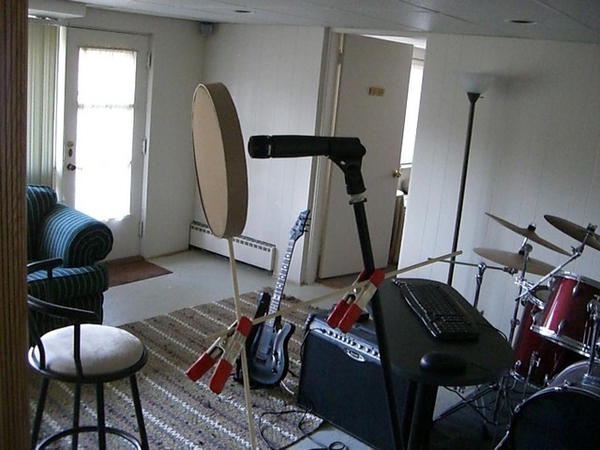
The pop filter homemade plan shows you how to make a great-sounding pop filter from household items. The pantyhose are essential, but it's not that difficult if you have everything available. Making a pop filter at home is easy. You'll need pantyhose, scissors, and a wooden dowel to make the pop filter stand. Once you have all these materials, cut the socks into half and glue them on a cardboard box using hot glue or rubber cement. Let it dry before you use it.
DIY Mic Pop Filter
This mic pop filter is a great DIY project if you have some construction skills. All you need is an empty plastic container, pantyhose, scissors for cutting, and a glue gun. With the headphones plugged into your computer, you can use this mic pop filter in your home recording studio or at work. This DIY mic pop filter will make all the background noises disappear while recording audio into your microphone! This DIY mic pop filter is an easy and inexpensive way to eliminate unwanted popping noises that plague your recording. It's easy to create and can be customized any way you want.
DIY Homemade Pop Filter For Phone
The pop filter is designed to reduce the popping noise your mouth makes when you talk on the phone. It works great and is straightforward to install; it's not permanent; you can make it anytime. You will need only a few materials: a cell phone, rubber bands, paper, or foam. Also, you will learn step by step how to make it. This pop filter is easy to make and made from household materials. It's super effective in canceling every noise, including plosives and sibilance, so if you want to use your mobile phone as a microphone while teaching online or to make a viral video call, this DIY pop filter will be perfect for you.
DIY Pop Filter For Mic
Want a professional pop filter that you can use easily? Using transparent plastic, pantyhose, and glue, you can build one for a mic. It will only cost you a few dollars and is super effective! Many band members and vocalists believe a pop filter is irreplaceable for music producers. But finding a pop filter that works perfectly for your mic can be difficult. In general, pop filters usually come with a price tag! Luckily, there are many ways to make your own. The methods below will help you build your own effective pop filter in minutes.
See Other Projects
